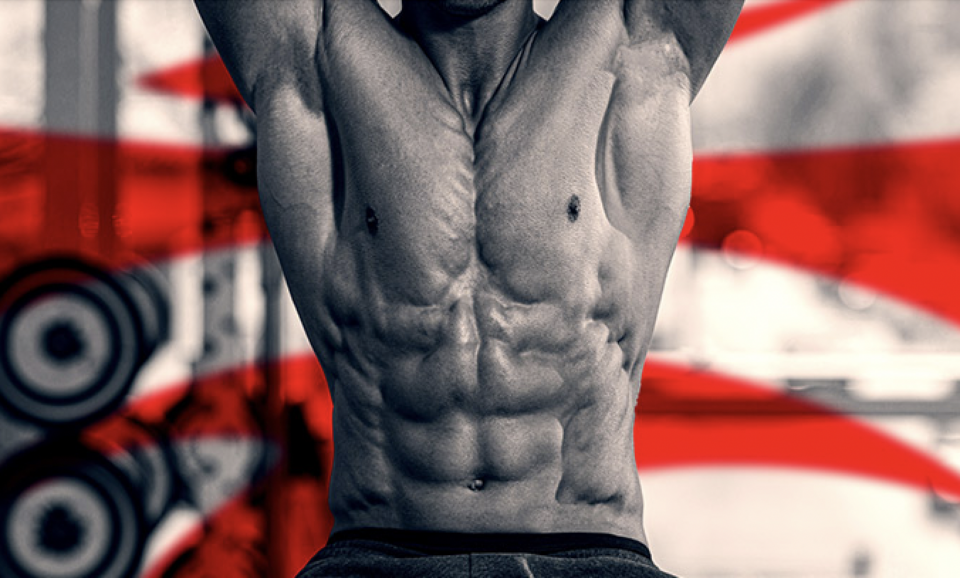The hanging leg raise is a fundamental exercise in the realm of fitness, embodying the essence of effective simplicity. Its profound impact extends far beyond sculpting impressive abs; it also contributes to bolstering grip strength and enhancing shoulder health. To master this exercise, a systematic approach is essential, outlined in the following steps:
Dead Hang: Commence your journey towards mastering the hanging leg raise by establishing a foundation of strength with a 45-second dead hang. This foundational capability is imperative for optimal technique and enabling the development of your abdominal muscles. Should you fall short of this benchmark, dedicate two weeks to building your strength: hang from a bar for at least 30 seconds, rest for 15 seconds, and repeat this cycle. Gradually increase your hanging duration each week until you achieve the 45-second threshold.
Hanging Bent-Knee Raise: Like many bodyweight exercises, the hanging leg raise can be adapted to varying difficulty levels by adjusting leverage. The hanging bent-knee raise allows you to train with a shorter lever by keeping your knees bent. To execute this exercise, hang from the bar in a double-overhand grip and lift your legs while bending your knees to 90 degrees. The objective is to achieve a posterior pelvic tilt, bringing your knees above the crease of your hips, intensifying the abdominal contraction. As you progress, gradually extend your legs, intensifying the challenge. Maintain controlled leg lowering throughout the exercise.
Hanging Leg Raise (Past 90 Degrees): Elevate your hanging leg raise proficiency by taking it beyond 90 degrees. Begin by gripping a pull-up bar with a double-overhand hold and retract your shoulders firmly. Lift your straightened legs past 90 degrees, aiming to position your knees beyond the hip crease, thus engaging your abdominal muscles to their fullest. Progress towards performing 3 sets of 12 repetitions, with 60 seconds of rest between sets, ensuring perfect technique throughout. To adjust for difficulty, bring your legs closer to your torso if needed.
Toes to Bar (With Accentuated Eccentric): Distinguish this toes to bar exercise from the CrossFit variation by performing it with deliberate control. This rigorous exercise demands meticulous execution. Begin by gripping a pull-up bar with a double-overhand grip, emphasizing a tight grip and shoulder retraction. Raise your legs beyond 90 degrees, rolling your hips into posterior pelvic tilt, and bringing your feet toward the pull-up bar. This movement challenges your grip, shoulders, and core. Control the eccentric phase, lowering your legs over 3-4 seconds. Maintain precise control and adjust your technique if fatigue sets in, progressively regressing the exercise.
A Note on Programming: To expedite improvement, treat the hanging leg raise as a skill, practicing it frequently. Consider incorporating it into your daily warm-up or performing it at least twice weekly, ideally at the end of a workout. By emphasizing slow, controlled movements and adjusting leg positions to maintain proper form, you can experience substantial gains in shoulder mobility and core strength without excessive fatigue.
The Benefits: Beyond chiseling your core, the hanging leg raise offers several advantages:
Core Strength and Stability: This exercise enhances core strength, targeting the abdominals and obliques. The controlled eccentric phase fortifies mid-section stability while engaging the lats and shoulders.
Emphasis on Lower Abs: Hanging leg raises effectively target the lower abdominal muscles, a region often challenging to activate. Building muscle in this area contributes to enhanced abdominal visibility.
Shoulder Mobility and Stability: Shoulder activation during hanging leg raises strengthens muscles like the lats, traps, and rhomboids. Additionally, the dead hang component promotes shoulder health and mobility.
Improved Grip Strength: The exercise challenges your grip strength using your body weight, strengthening forearms and facilitating subsequent weight addition to other exercises.
Incorporating the hanging leg raise into your fitness routine can lead to notable improvements in core strength, shoulder mobility, and grip strength, amplifying your overall fitness journey.

